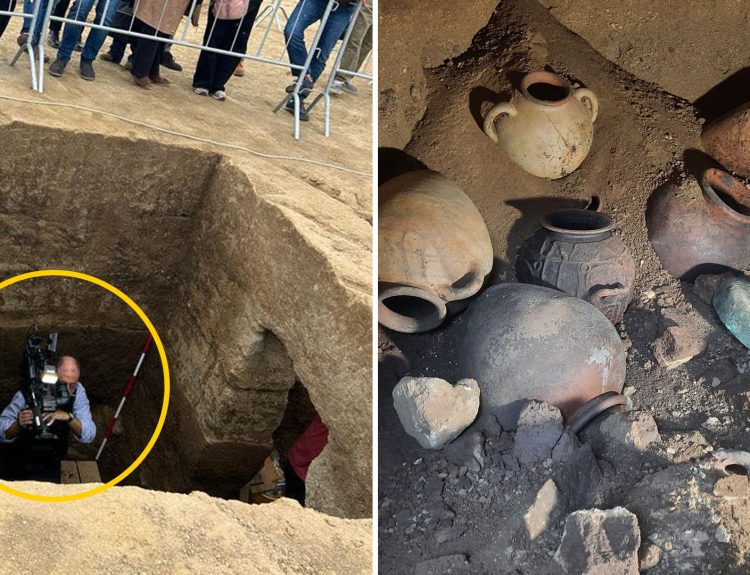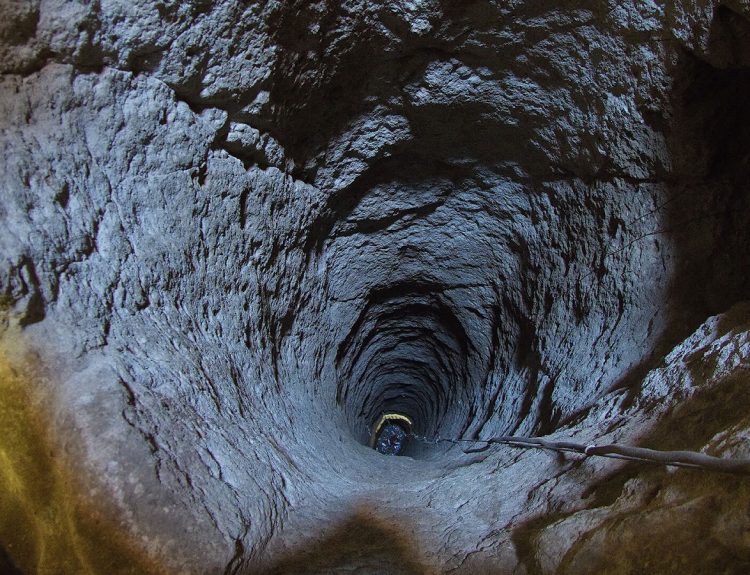Outer space is one of the great mysteries of our lifetime, and the more that we learn about it, the more that we learn that we don’t know. Scientists have studied hundreds of interstellar events that have given incredible amounts of information about our universe and the way that it works. In the same vein, recent discoveries have given us new things to be afraid of, as well as things to be amazed by.
Telescopes Go Decades Back
Different star events have been studied for decades, ever since the first space telescopes were sent up in 1968. These space telescopes, sent up by the United States and Russia, respectively, were primitive technologies that, nonetheless, gave us a great deal of information.
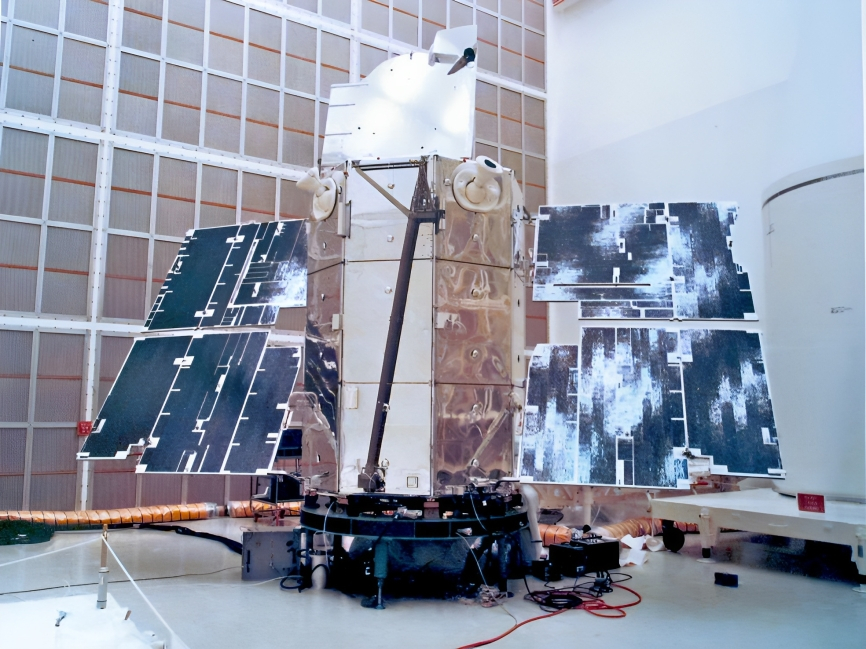
Modern space telescopes, including the Hubble telescope and the James Webb Space Telescope, have much more sophisticated viewing and recording technology than those early scientists could have ever dreamt of. It’s allowed us to see more of the world around us, and understand a greater amount about our universe.
New Theories to be Concerned About
Some of this new information had led scientists to hypothesize about various events in outer space that could drastically affect life here on earth. A recent theory details the way that life on Earth could be obliterated by a violent star collision, called a kilonova.

A kilonova – also called a macronova – an astronomical event that occurs when two neutron stars (or a neutron star and a black hole) merge. These mergers are highly uncommon, but the result of them is what has scientists worried for the future of Earth.
Neutron Stars are the Remains of Supergiants
Neutron stars, for context, are the collapsed remainder of supergiant stars. With the exception of black holes, neutron stars are the densest and smallest class of stellar objects. They are incredibly dense objects; a teaspoon of neutron star would weigh approximately one billion tons.
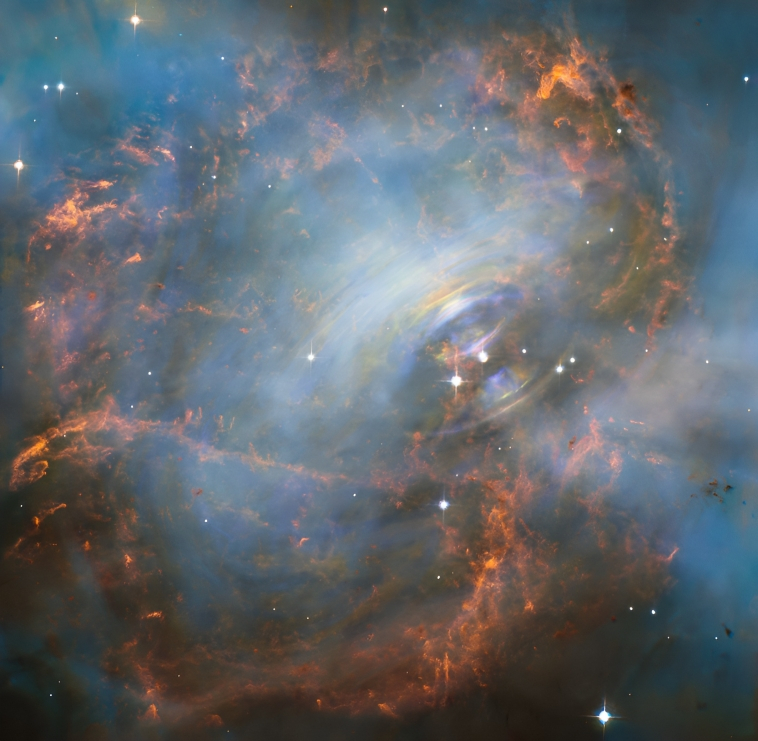
These hyper dense objects in space are a source of fascination for scientists, who have found many examples of neutron stars since the Hubble telescope was sent up in the 90’s. It’s theorized that there are around one billion neutron stars in the Milky Way alone, with a minimum number of at least several hundred million.
A Higher Possibility than We Thought
The number of neutron stars in our galaxy alone is one of the factors that gives scientists pause, particularly in relation to this new theory. If it takes the combination of two neutron stars to create a kilonova explosion, and there are hundreds of millions of neutron stars in our galaxy, then what is the possibility of a cataclysmic event?
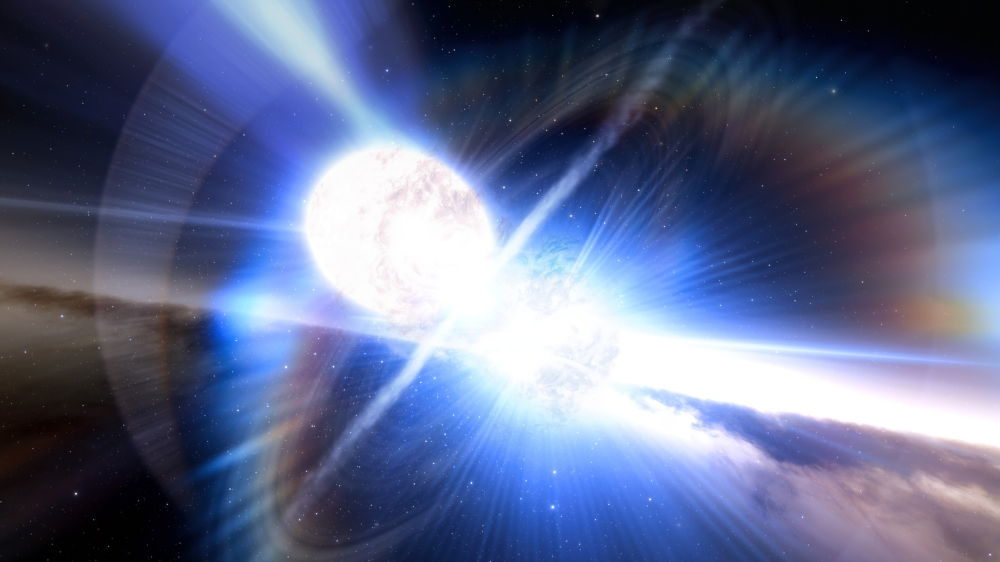
This question is what led scientists to dig a little deeper into kilonovas. The potential for damage from this event stems from the fact that, when the two hyper-dense neutron stars collide, they release a particle blast. This blast would destroy our planet’s ozone layer, if it were to happen close enough.
Kilonovae are No Joke
Kilonova explosions produce gamma-ray bursts and emit bright electromagnetic radiation, which are called kilonovae. The release of gamma radiation is what has scientists so concerned. Recent studies suggest that if such a merger were to happen within 36 light-years of earth, it would be an extinction level event.
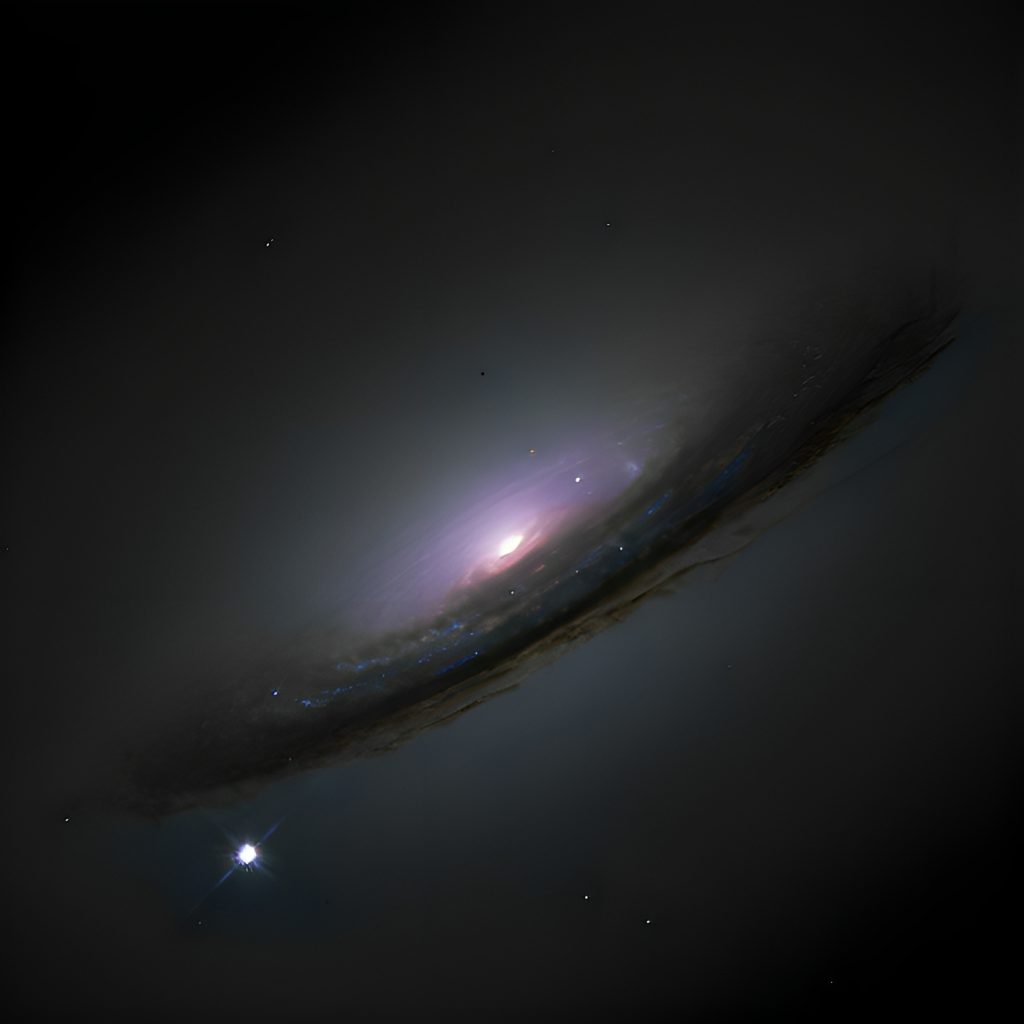
The gamma radiation released by a kilonova is thought to extend on either side in two thin bursts. If the earth happened to be in the range of these bursts of gamma radiation. even if it were not in the direct path, it would still have a devastating effect, dissolving our ozone layer and making Earth vulnerable to ultraviolet radiation.
But Wait: It Could Be Worse
As concerning as the effects of a direct blast of gamma radiation would be, it isn’t the worst case scenario in this hypothetical. Worse would be if the gamma rays were to interfere with interstellar medium or “star dust.” In that case, the result would be x-ray emissions that would have the same devastating effect on our ozone layer.
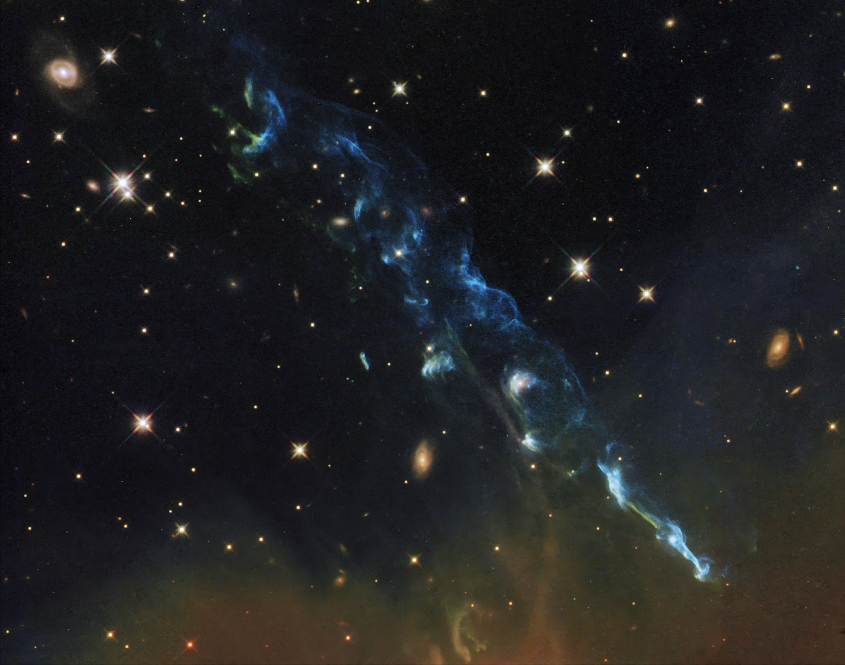
The reason that this second scenario is more concerning than the Earth being hit directly by the gamma radiation is a question of timeline. While gamma radiation would have an immediate, devastating effect on our ozone, it would hypothetically repair within four years. X-ray emissions have a much longer lifespan, and would therefore be more dangerous to life on Earth.
Not a New Topic, and an Important One
The ozone layer is a region of Earth’s atmosphere that absorbs most of the sun’s ultraviolet radiation. As its name suggest, it contains a high level of ozone (O3), which is the key factor in protecting life on Earth from harmful ultraviolet rays.
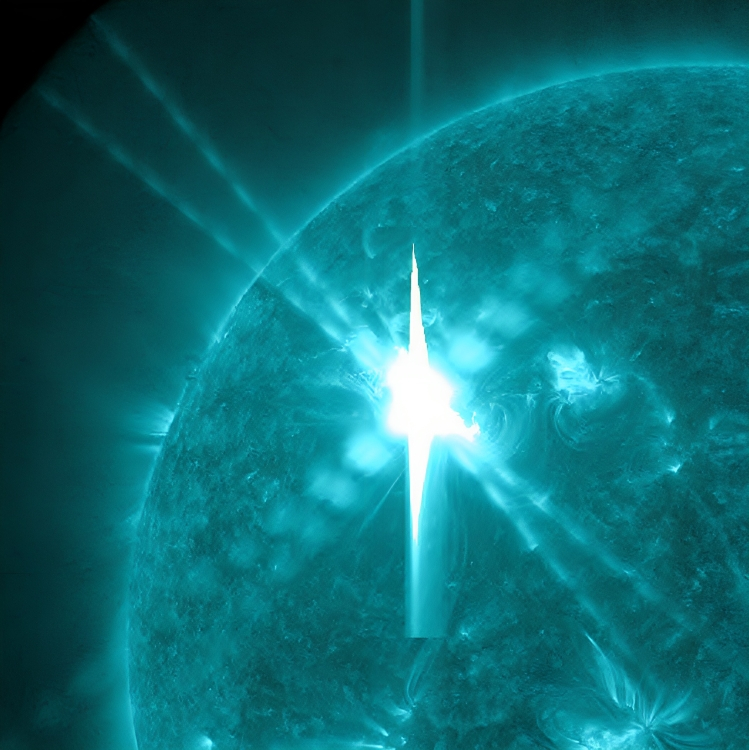
In the 80’s, there was a great deal of concern from environmental groups that common chemicals being released by various industries were having a depletion effect on the ozone layer. When research proved this to be true, regulations were put into place to protect the ozone, highlighting how important this section of our atmosphere really is.
A Scary Idea, But Not a Likely One
Despite the heavy implications that an event like a kilonova would have on our planet, people can rest a little easier with the knowledge that the likelihood of a nearby kilonova is minimal. Scientists studying the event believe that, despite the potentially devastating effects, there are far more pressing matters coming from space.

Scientists believe that events such as solar flares, asteroid impacts, and supernova are potentially much more dangerous – and more likely. The earth has been hit by asteroid impacts thousands of times over the years, and a supernova explosion discovered earlier this year is the closest one in more than a decade. There are hundreds of astronomical events that could keep scientists up at night, but most believe that kilonova aren’t one of them.



